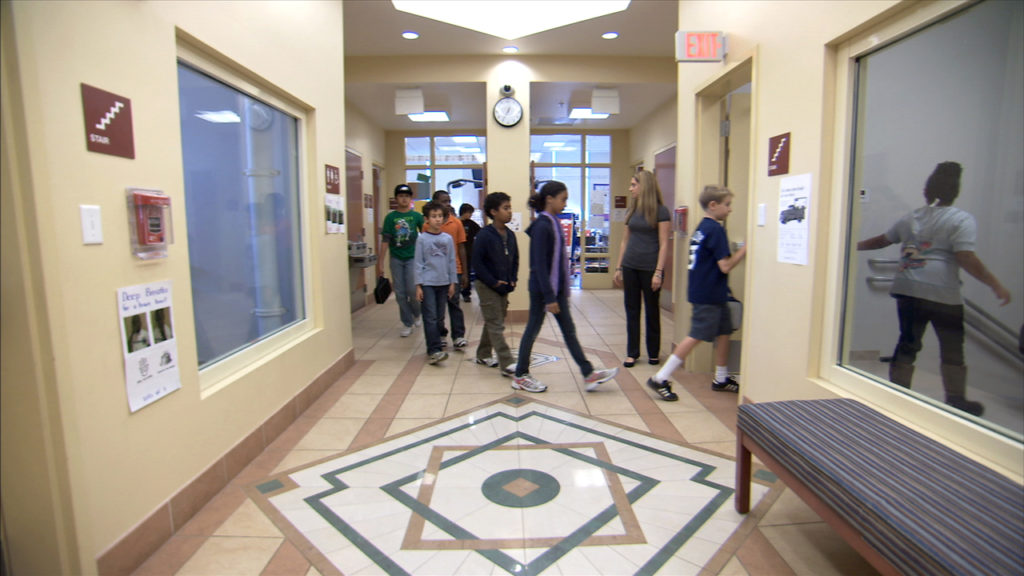
Once you and your students have gotten classroom routines back under control, the key to keeping them crisp is paying attention! This is what makes the effort you’ve put into teaching and practicing everyday skills pay off. It’s unrealistic to expect children to maintain the standards you’ve set without support from you. Instead of waiting until things start slipping again, try some of these ideas:
Find a way to reflect regularly on how routines are going. For instance, team up with a colleague and take a regular walk—commit to spending a few minutes during this time checking in about classroom routines. Or, involve students by adding “observer” to your class jobs—observers watch various routines (lining up, responding to the quiet signal, cleaning up, etc.) and report to you at the end of the week. There are lots of other possibilities, and you should choose a system that will work for you. Just make sure you put a system in place!
Before any routine that you know is challenging for your class, have students remind each other what the expectations are. This can be done in a few seconds—it can be as simple as asking the group: “Who can remind us what we need to do to be quick and safe on our way to recess?” and listening to one or two students’ answers.
For instance, keep track (or have a designated student keep track) of how long it takes the class to respond to the quiet signal. Organize and display this data in a way that will be meaningful to your students: this could be a graph, notes on your daily schedule, a chart . . .
To borrow an oft-quoted phrase, “What we pay attention to grows.” All too often, when students meet expectations we say nothing. Be vigilant about noticing and remarking on success, and make sure to use specific, clear language! When you point out positives, describe how what you saw matched the expectation: “I saw everyone (or—“lots of people”) finish their sentences quickly, quiet their bodies, and turn towards me.”
It’s fine to occasionally celebrate students’ success with routines with a cheer, song, energizer, game, or read-aloud. Just don’t bribe students by promising “If you do this, you’ll get this.”
Repractice immediately and in a matter-of-fact way at the first sign of trouble. Take a look at how Caltha Crowe does it with her third grade class in this video. Notice how Caltha uses a genuinely calm, neutral tone to say, “Oops, looks like we need to practice.” She also reinforces positives specifically by saying, “This time, I noticed that not only did your voices become still, but your bodies did too.” Also, even though she is talking about responding more quickly, she doesn’t speak in a rush or an anxiety-producing way.
Try to make practicing and completing routines fun. Adopt a playful tone, close your eyes, and count to ten to see if children can make it to the rug without your hearing them, give students something interesting to think about or ponder as they move from one place to another.
Check out the other articles in our series about reteaching routines and keeping them crisp once you get them back to where you want them:
Margaret Berry Wilson is the author of several books, including: The Language of Learning, Doing Science in Morning Meeting (coauthored with Lara Webb), Interactive Modeling, and Teasing, Tattling, Defiance & More.